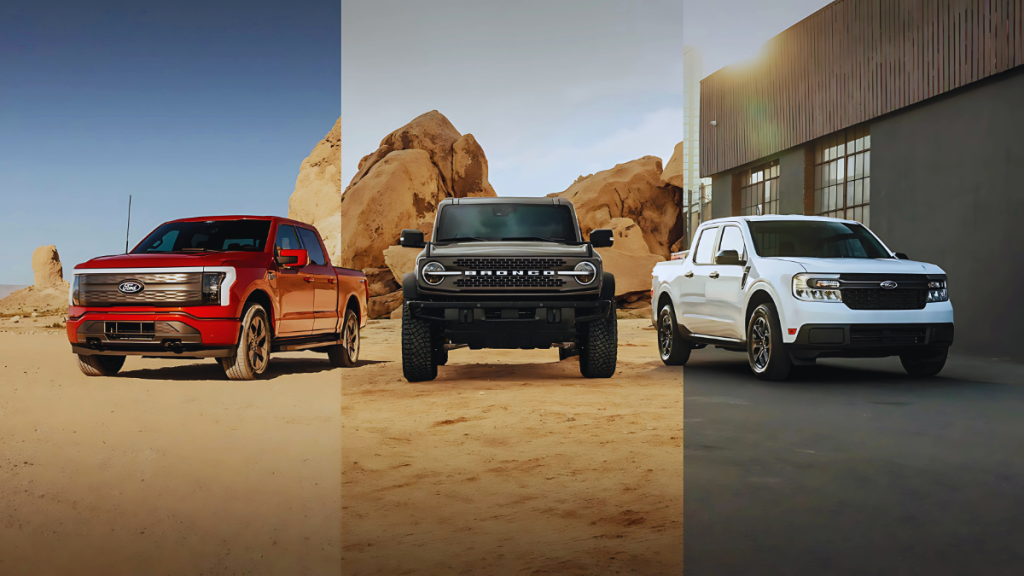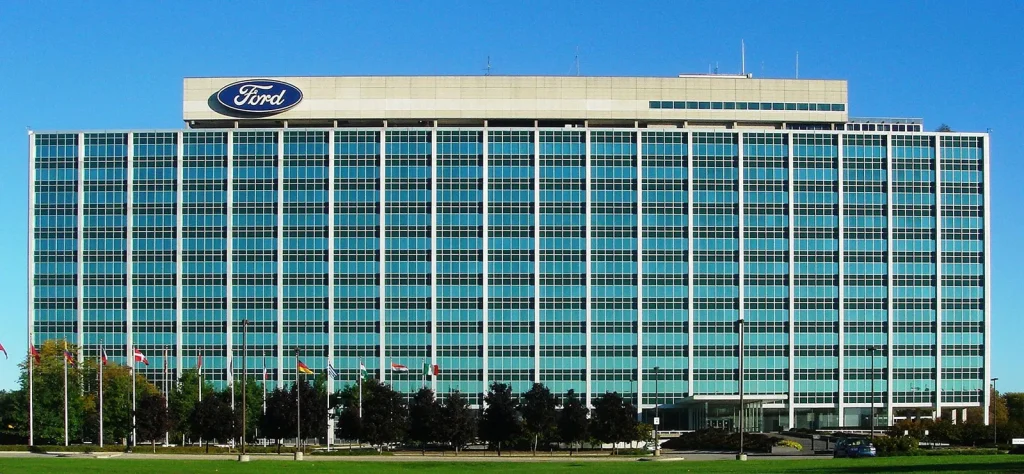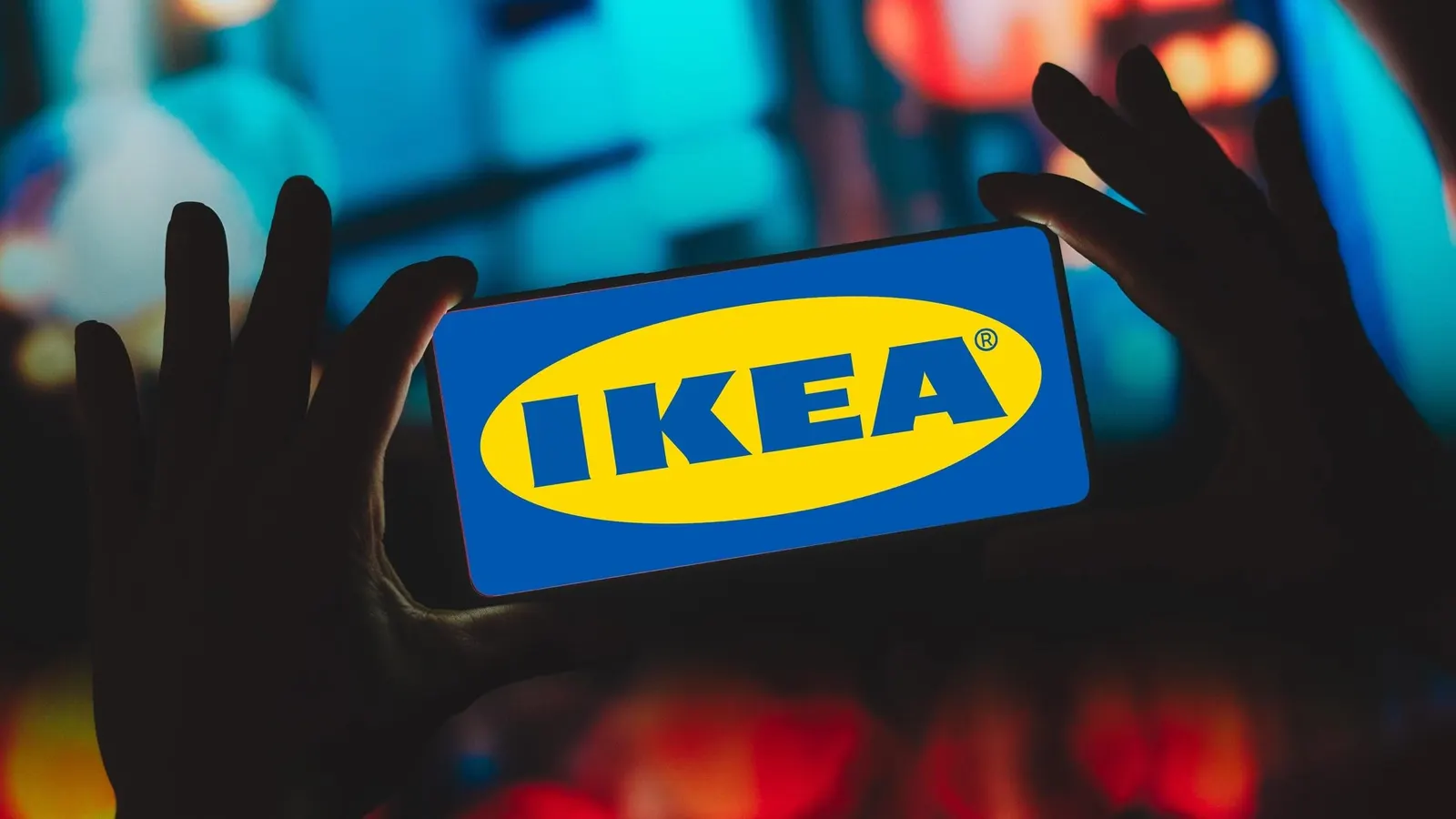
In a world where tech titans like Apple and Amazon dominate headlines and market valuations, one humble Swedish furniture giant has quietly achieved something even these giants still grapple with: perfecting the balance between affordability, sustainability, customer experience, and global reach. This is the hidden superpower that has made IKEA a beloved brand for generations.
So, what exactly did IKEA master that still eludes Apple and Amazon? Buckle up—we’re about to explore how IKEA’s unique business model, sustainable design philosophy, customer loyalty strategies, and global supply chain have built a fortress that tech titans can’t easily replicate.
The IKEA Phenomenon: A Global Brand Built on Simplicity
Since its founding in 1943 by a 17-year-old entrepreneur, Ingvar Kamprad, IKEA has grown from a small mail-order business in Sweden to the world’s largest furniture retailer. Today, IKEA operates in more than 60 countries, attracting over 775 million visitors to its stores annually and countless more online.
While companies like Apple dominate the tech world and Amazon rules online retail, IKEA carved a niche that fuses affordability, practicality, and design. IKEA doesn’t just sell furniture—it sells a way of living. Its iconic products—from the BILLY bookcase to the MALM bed—have found their way into millions of homes worldwide.
IKEA vs Apple vs Amazon: A Strategic Comparison
| Aspect | IKEA | Apple | Amazon |
| Core Business | Flat-pack furniture, home goods | Consumer tech & services | E-commerce & cloud services |
| Price Strategy | Low cost, value for money | Premium pricing | Dynamic pricing |
| Supply Chain | End-to-end control, cost efficiency | High-value supply chain | Massive logistics network |
| Customer Loyalty | Family-friendly, practical | Brand prestige, exclusivity | Convenience, Prime perks |
| Sustainability | Circular economy, renewable materials | Green initiatives, but high device turnover | Mixed record, packaging waste |
When you break it down, IKEA mastered delivering value at scale without diluting its brand promise—an equilibrium even Apple and Amazon continually struggle to maintain.
Mastering Affordability Without Sacrificing Quality
One thing that sets IKEA apart is its relentless commitment to keeping prices low without feeling cheap. How?
✅ Design for Manufacture—Products are designed from the start to be manufactured and shipped cost-effectively.
✅ Flat-Pack Shipping—IKEA revolutionized the industry with flat-pack furniture that reduces shipping costs and storage space dramatically.
✅ Self-Assembly—By offloading assembly to the customer, IKEA slashes labor costs while turning DIY into a brand signature.
✅ Economies of Scale —IKEA produces huge volumes, giving it unbeatable bargaining power with suppliers.
Unlike Amazon, which relies heavily on competitive pricing through constant discounting and marketplace sellers, IKEA’s pricing model feels consistent and trustworthy.
Flat-Pack Innovation: The Genius Behind the Boxes
The flat-pack concept is arguably IKEA’s greatest innovation. It did more than reduce costs—it changed consumer behavior. Shoppers accept the “some assembly required” model because:
1️⃣ It keeps prices low.
2️⃣ It gives customers a sense of accomplishment and ownership.
3️⃣ It cuts down environmental impact by maximizing transport efficiency.
This simple idea helps IKEA move products worldwide at a fraction of the logistics cost that burdens heavy, pre-assembled goods.
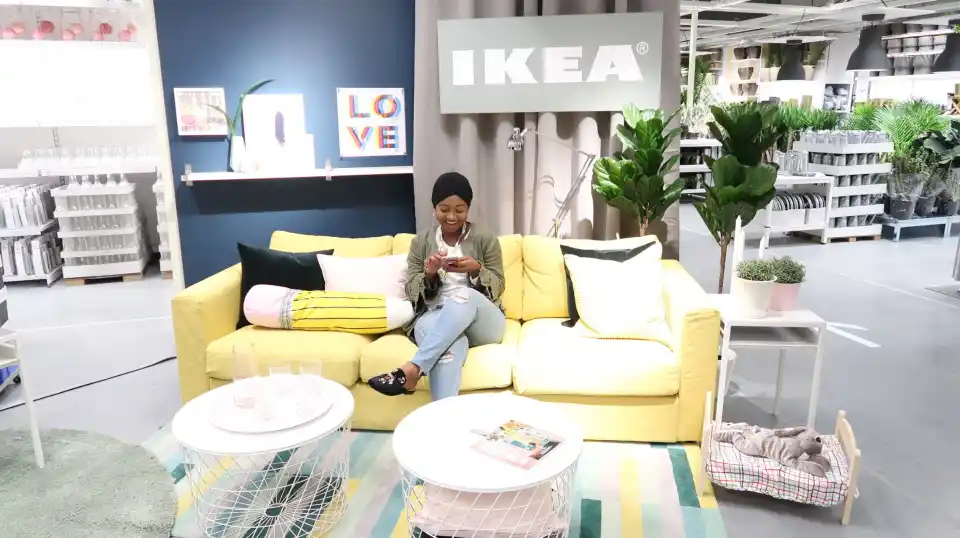
In-Store Experience: The Secret Sauce of IKEA’s Customer Loyalty
Let’s talk about the IKEA store maze—the winding layout that takes shoppers through showrooms, marketplaces, self-service warehouses, and finally to Swedish meatballs at the café.
This isn’t an accident. It’s behavioral economics at its finest:
- Inspiration: Fully staged rooms help customers visualize products in their own homes.
- Flow: The layout encourages browsing and impulse buys.
- Family Friendly: Stores are designed to be an outing—kids’ play areas, affordable meals, and family amenities turn shopping into an experience.
In contrast, Amazon’s strength is convenience, but it lacks the sensory, real-world inspiration that IKEA delivers. Apple Stores come close with their sleek, hands-on environments, but they focus on a narrower range of high-end tech, not day-to-day living.
Sustainability as a Core Competency—Not a Buzzword
IKEA’s pledge to become climate positive by 2030 is not just marketing. They are leaders in sustainable sourcing, renewable materials, and recycling initiatives.
- Over 60% of IKEA’s products are made with renewable materials.
- They invest heavily in sustainable forestry.
- Initiatives like furniture buyback and recycling programs close the loop.
Apple and Amazon also talk sustainability—Apple with carbon neutrality goals and Amazon with the “Climate ”Pledge”—but both are criticized for device obsolescence and packaging waste. IKEA, by contrast, builds longevity into its furniture and uses sustainability as a selling point.
Global Supply Chain: Efficiency at Scale
IKEA’s supply chain is an engineering marvel:
- 1,600+ suppliers in over 50 countries.
- Products are standardized globally but localized for cultural differences.
- Tight relationships with suppliers keep costs low and quality high.
Compare this to Apple’s supply chain, which is highly complex and relies on a few strategic partners for precision manufacturing. Amazon’s logistics empire is vast but is a cost center rather than a profit driver. IKEA’s model, meanwhile, directly feeds into its affordability advantage.

Emotional Connection: Why IKEA Feels Like Home
There’s an intangible element to IKEA’s success: its products feel human.
- Names like LACK, POÄNG, and KLIPPAN add charm and identity.
- The minimalist Scandinavian aesthetic is timeless.
- Assembly rituals become family activities.
- Stores become part of childhood memories—meatballs included.
Amazon sells convenience. Apple sells status and innovation. IKEA sells a lifestyle that feels accessible and personal.
What Apple and Amazon Still Can’t Replicate
Apple and Amazon both envy IKEA’s ability to:
- Be truly global yet locally relevant.
- Keep prices low without racing to the bottom.
- Make customers feel emotionally attached to affordable products.
- Turn a trip to the store into a day out.
- Embed sustainability as a genuine selling point, not just PR.
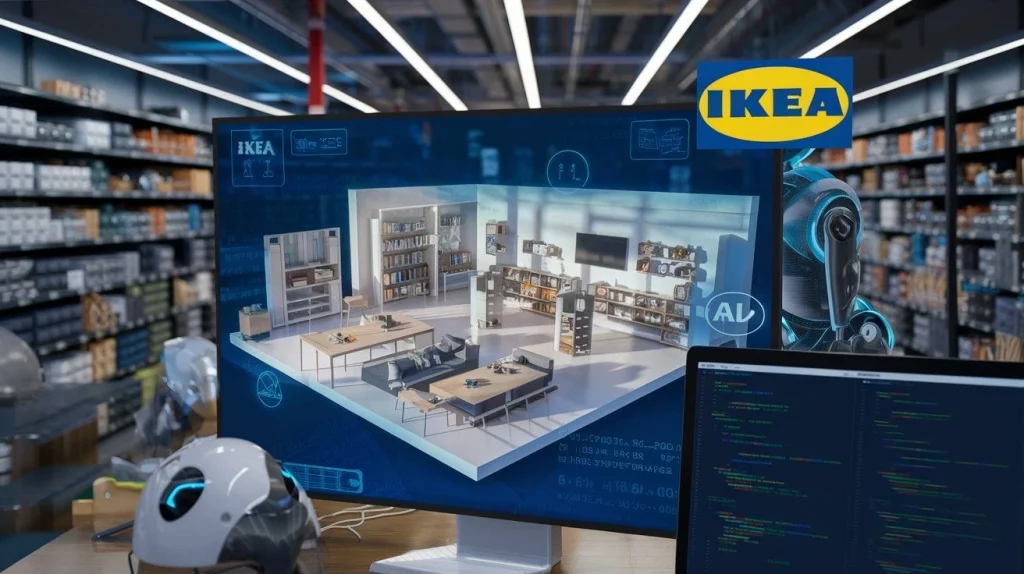
Future Outlook: How IKEA Plans to Stay Ahead
IKEA knows it can’t stand still. Its next frontier includes:
- Smaller urban stores in city centers.
- Expanding e-commerce while maintaining the in-store magic.
- Investing billions in renewable energy.
- Developing smart furniture for connected homes.
Lessons for Businesses and Entrepreneurs
IKEA’s story teaches us:
- Start with design, not cost-cutting.
- Make your customer do a little work—they’ll feel invested.
- Use sustainability as a real advantage.
- Build stores people want to visit, not just buy from.
- Consistency beats hype.
FAQs About IKEA’s Strategy
Q: How does IKEA keep prices so low?
A: Flat-pack design, massive scale, tight supplier partnerships, and smart cost control.
Q: Why do people love IKEA so much?
A: Affordable style, practical solutions, in-store experience, and the sense of ownership from self-assembly.
Q: Is IKEA really sustainable?
A: More than most global retailers—renewable materials, recycling programs, and climate targets are central to its model.
Q: How big is IKEA compared to Apple and Amazon?
A: IKEA’s annual revenue is smaller, but its global physical footprint and brand loyalty are massive.
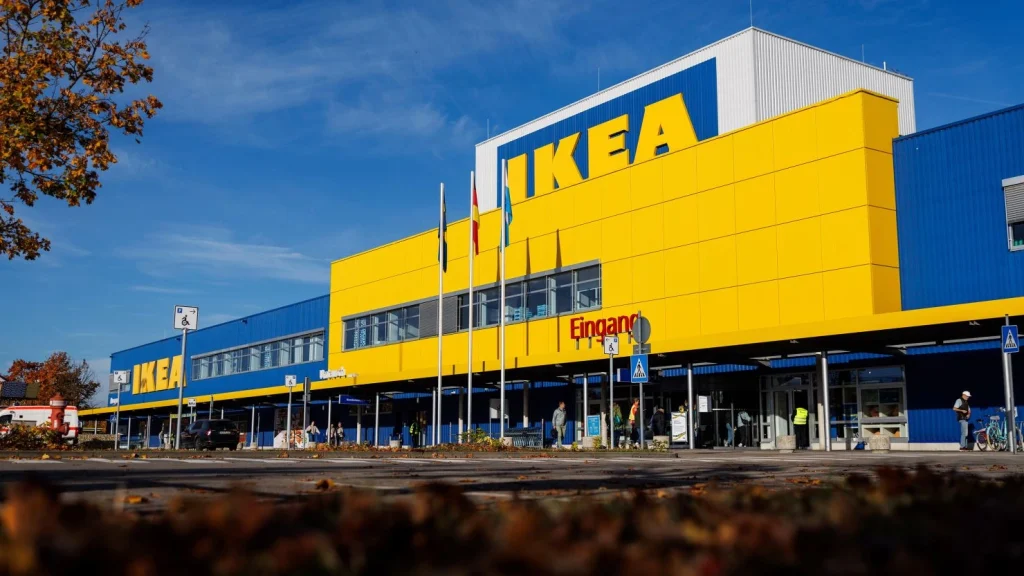
Final Thoughts: The Legacy IKEA is Building
IKEA may never reach Apple’s margins or Amazon’s digital dominance, but it doesn’t need to. It has mastered something timeless: making millions of people feel at home anywhere in the world at a price they can afford, with sustainability built in.
That’s what IKEA mastered—and what even the world’s biggest tech giants are still trying to crack.

